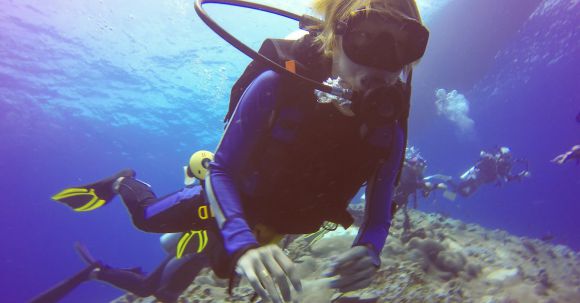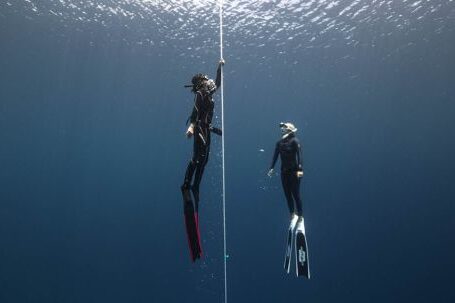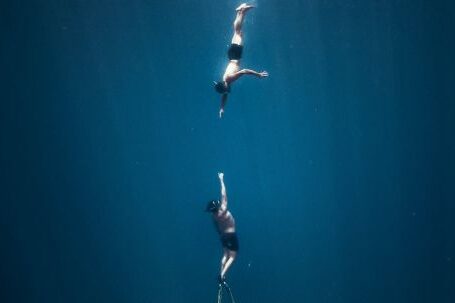Have you ever found yourself disoriented underwater, struggling to find your way back to the boat or a specific dive site? If so, you’re not alone. Underwater navigation can be challenging, but with practice and the right techniques, you can improve your skills and navigate underwater with confidence. In this article, we will explore some tips and strategies to help you become a better underwater navigator.
Understanding Your Surroundings
Before you even enter the water, it’s important to have a good understanding of your surroundings. Study the dive site map and familiarize yourself with its layout. Take note of any landmarks, such as rocks, corals, or unique features that can serve as reference points during your dive. Having a mental picture of the dive site will make it easier for you to navigate and find your way back.
Use a Compass
A compass is an essential tool for underwater navigation. Before your dive, make sure your compass is properly calibrated and in good working condition. During the descent, take note of your compass heading and use it as a reference throughout your dive. By knowing your initial heading and making adjustments as needed, you can easily navigate back to your starting point.
Practice Natural Navigation
Natural navigation techniques can also be useful underwater. Pay attention to the direction of the current and use it to your advantage. For example, if the current is flowing from north to south, you can use it as a guide to navigate in one direction and then use your compass to return against the current.
Another natural navigation technique is using the sun or moon as a reference point. If you know the general direction of the sun or moon, you can use it to orient yourself and navigate accordingly. However, be mindful of the time of day and the position of the sun or moon, as they can change throughout your dive.
Maintain Proper Buoyancy
Maintaining proper buoyancy is crucial for effective underwater navigation. When you’re properly buoyant, you can swim smoothly and effortlessly, conserving energy and minimizing the risk of damaging the marine environment. Practice your buoyancy control skills regularly, as this will greatly enhance your ability to navigate underwater.
Use Visual Cues
Underwater, it can sometimes be challenging to distinguish one area from another, especially if the visibility is poor. To overcome this challenge, use visual cues to mark your path. These visual cues can be anything from a unique coral formation to a specific color or shape of a rock. By using visual cues, you can create a mental map of your dive site and easily navigate through different areas.
Dive with a Buddy
Diving with a buddy is not only for safety reasons but also for navigation purposes. Your buddy can serve as a second pair of eyes, helping you stay on track and ensuring that you don’t get lost. Before the dive, discuss your navigation plan with your buddy and establish signals or communication methods to use underwater. With a buddy by your side, you can navigate more confidently and enjoy your dive to the fullest.
Conclusion: Mastering Underwater Navigation
Improving your underwater navigation skills takes time and practice, but with dedication and the right techniques, you can become a proficient navigator. Remember to study your dive site, use a compass, practice natural navigation, maintain proper buoyancy, use visual cues, and dive with a buddy. By incorporating these strategies into your dives, you’ll find yourself exploring the underwater world with ease and confidence. Happy diving!





